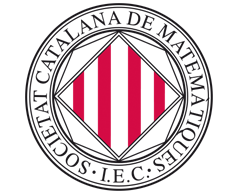University of Cambridge
Title
Unraveling salt-and-pepper patterning in the developing chick inner ear
Abstract
During embryonic development, cells initially equivalent become distinct, differentiating into various kinds of cells in an orderly manner and creating spatial patterns. In different animal tissues, patterning arises from the direct interaction between adjacent cells. This interaction occurs through the binding of two different proteins belonging to the Notch signalling pathway, the Notch receptor and its ligand, each anchored in the cell membrane of adjacent cells. It is well known that this cell-to-cell interaction enables the creation of a positive intercellular feedback that drives fine-grained patterning of two different cell types. In the last few years, mathematical modelling has been fundamental for understanding how Notch signalling drives patterning. In this talk I will present our new theoretical and experimental results for studying how Notch signalling drives patterning in the chick inner ear. In this tissue, it has been proposed that the Notch-mediated positive feedback loop first acts as an intercellular mutual activatory circuit, and afterwards it switches to a mutual inhibitory circuit, but how this transition occurs remains elusive. Our study reveals that competition and optimality effects in the Notch signalling pathway are essential for the proper transition from mutual activation to mutual inhibition circuits. Moreover, our results sustain that an extra intracellular positive feedback loop in the network provides a striking robustness to the formed pattern.
